#Karlevi Dutch Windmill
Photo
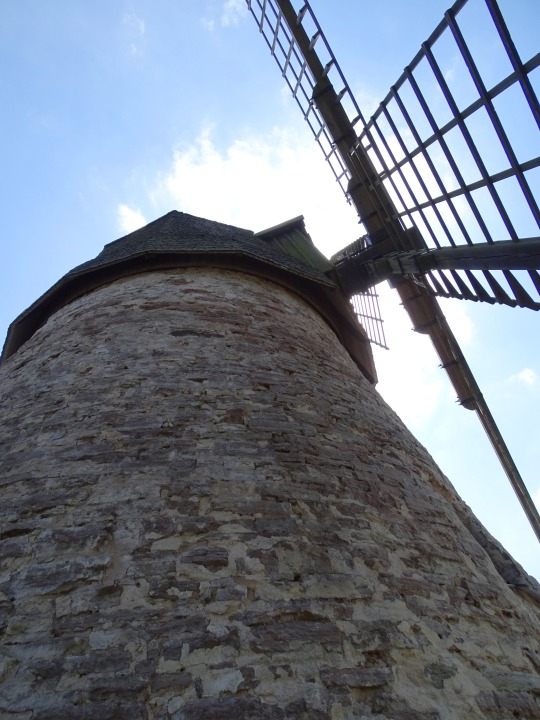
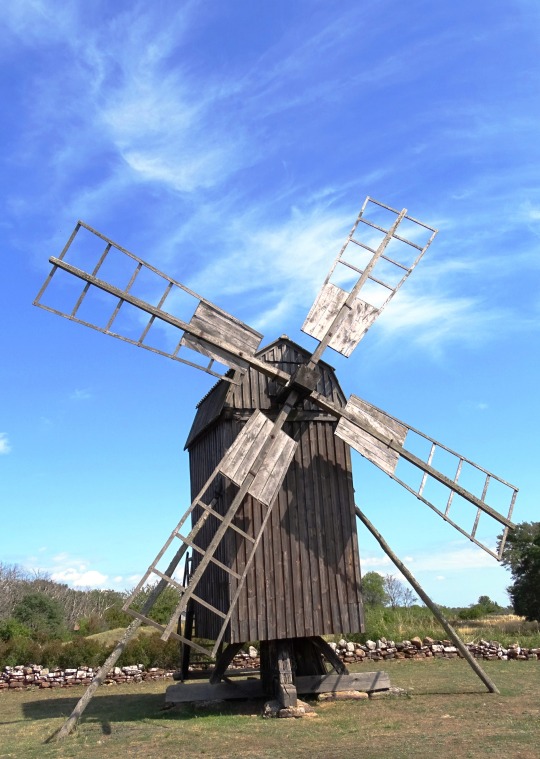
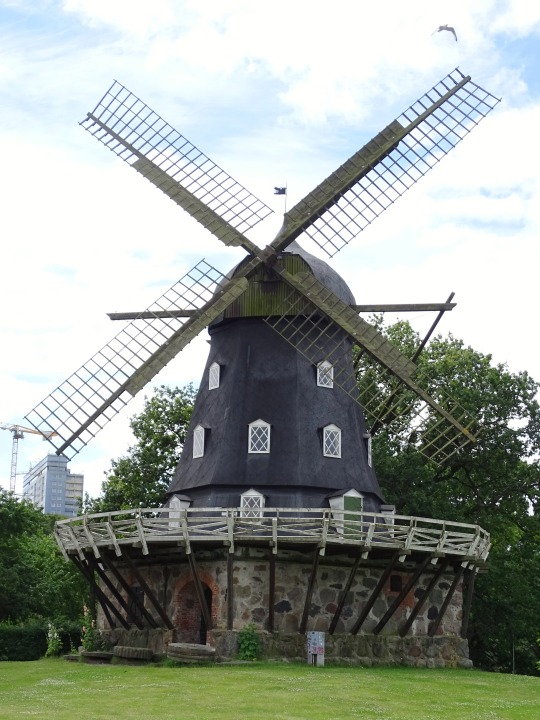
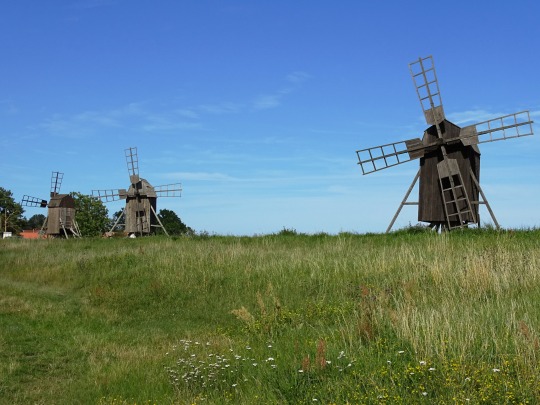
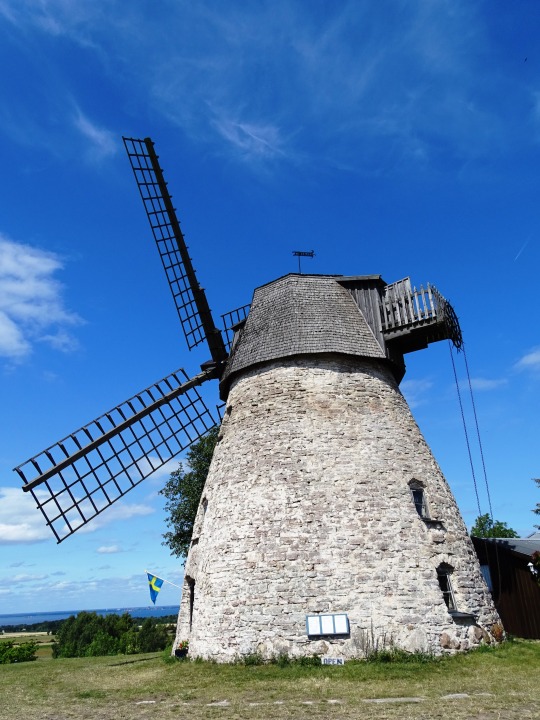
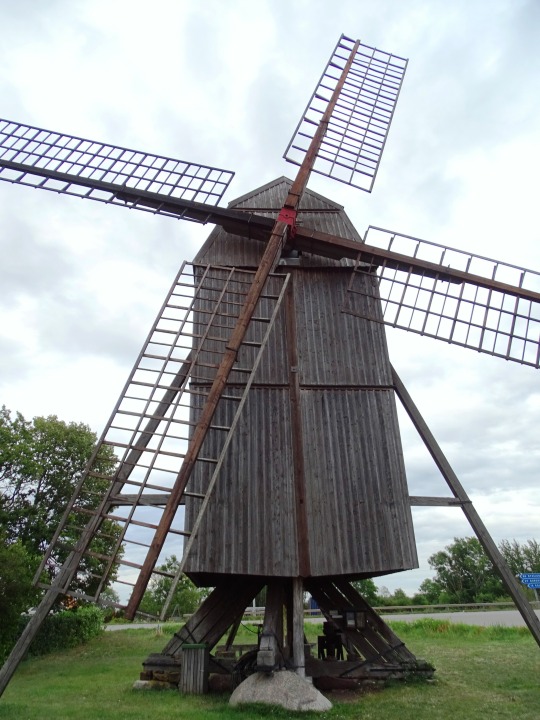
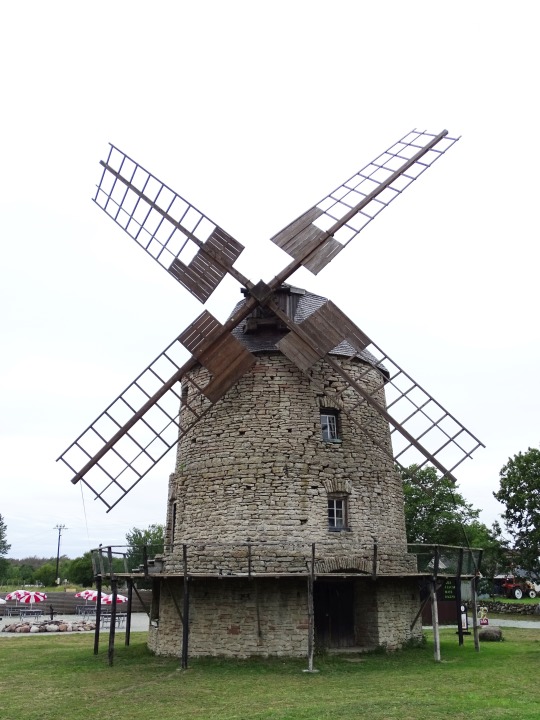
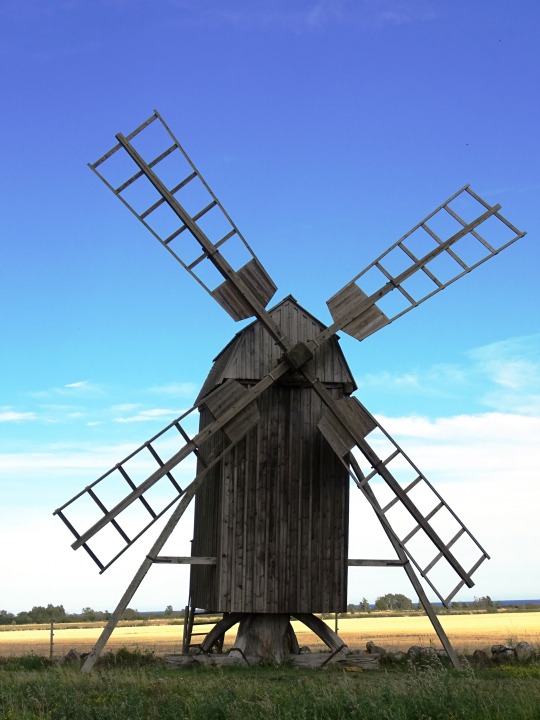
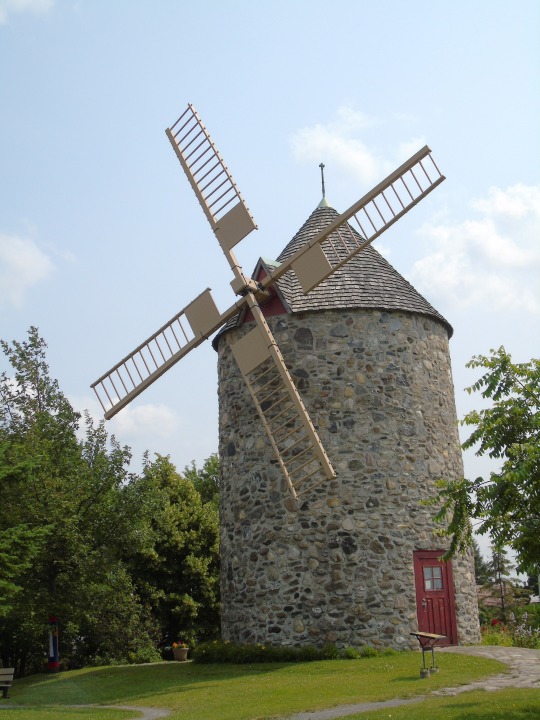
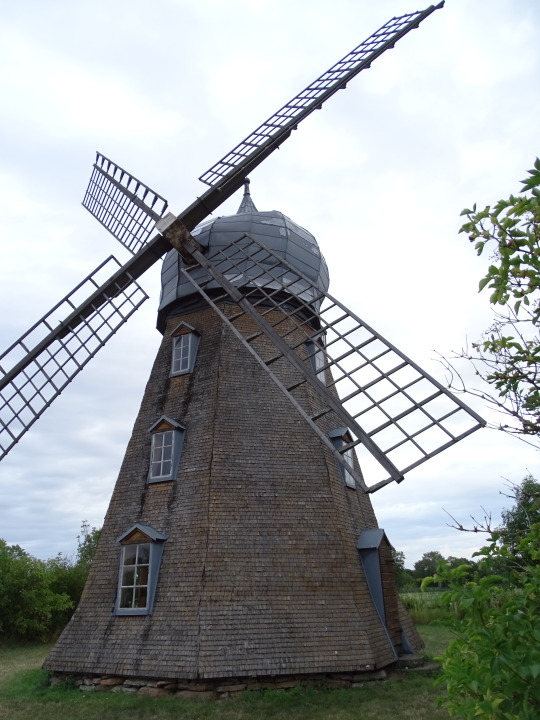
National Windmill Day
Drive out to windmill country, or read up about the history of windmills and how they can provide clean, sustainable energy by harnessing Earth’s natural power.
Most people love them because there’s something absolutely bucolic about their squat structures and the gentle creak of their fins as these wooden structures spin in the natural wind currents. Of course, that describes the old fashioned kind of windmill. The newer, modern versions take on some different characteristics, of course.
Windmills have been around for a very long time, since the time when people first realized it was possible to harness the power of the wind to perform work and provide energy. Ever since new innovations have been made with the ability to utilize the never-ending source of power that windmills capture.
National Windmill Day commemorates the origins of the windmill as well as how it has helped to shape technology and industry from the past and into the future. It’s time to learn about and celebrate National Windmill Day!
History of National Windmill Day
The idea of capturing the power of the wind to perform work isn’t new and, in fact, it goes back far further into history than most people would suspect. Since then, its use has sprung up in multiple cultures throughout the world.
Heron of Alexandria, who lived in the first century AD, was the earliest person known to have harnessed the energy of moving air to perform work, using a very primitive device to power, of all things, a musical instrument: the organ. The people of Persia also developed more traditional windmills, though they had a different orientation than the ones most people typically think of when hearing the word ‘windmill’.
Some historians think that the Persian models were the inspiration for the vertical models that were developed later on in the middle ages. The evidence of one of the oldest windmills that remains today can be found in Weedley, Yorkshire, England and is said to have been built in 1185. As is commonly depicted in media, these machines were used primarily to grind grain, and have been for many centuries since that time.
Recently though, at least in the last 150 years or so, there’s been a growing movement to use windmills in another fashion entirely. The power of the wind can be harnessed to turn giant wind turbines which in turn generate clean, and virtually unlimited, renewable energy.
Windmills have been around for a long long time, and while they may seem like primitive tech, they’ve moved into the world as hope for a clean future. Along with solar, bio-fuel, and fuel cells, windmills are working to save the environment.
National Windmill Day Timeline
644 AD First reference to windmills
Beginning as horizontal mills with woven reed blades that radiate from a vertical axis, these first windmills are built in Persia.
11th Century AD Windmills are used for food production
In the Middle East, windmills are used to help produce food and the ideas are then taken to Europe by merchants and crusaders.
1300s Windmills are used to drain water
The Dutch people of the Netherlands realize that the water from their low-lying areas can be drained using windmills.
1600s Windmills are introduced to the New World
When the Dutch colonize New Amsterdam (now called New York City), they bring their windmill designs with them
1887 First large scale power generating wind turbine
Charles F. Brush builds a huge 60-foot windmill with a whopping 144 blades in Cleveland, Ohio.
How to Celebrate National Windmill Day
Learn More About Windmills
Well perhaps to first thing to do is start by reading up on the topic of windmills. One of the best things that can be done to celebrate the day is to get more educated on the history of windmills, to begin learning how they’re helping us today, and even to share that information with others. As one of the fastest growing sources of energy in the world, it’s worth learning more about!
Here are some interesting facts about windmills:
The first modern version of the wind turbine was built in Vermont, USA in the 1940s. Its success was not long lived due to war shortages and the next time a windmill would rival it in size would be in 1979.
Hawaii, USA hosts the world’s largest wind turbine, which is the height of a 20 story building and its blades are the length of a football field.
Offshore wind is particularly effective. In Europe, one offshore wind turbine (located in the water) can power more than 1500 homes.
Read Don Quixote
Famous (or perhaps, infamous) for his mistake in thinking that windmills are giant monsters, Don Quixote bravely rides toward them to do battle and, of course, eventually gets knocked off his horse. This is just one of the many beloved and memorable scenes in this classic novel by Spanish author, Miquel de Cervantes, published in 1606.
Visit Holland for National Windmill Day
While not necessarily the first place to house windmills, Holland (now known as The Netherlands) has a long history with them as they were the first place to use them to move water from low lying lands.
In fact, the second Saturday and Sunday in May (because one day just isn’t enough!) are celebrated in Holland as “National Mill Day”, which is called Molendag in Dutch. This is a day when 950 windmills and watermills will open their doors to the public for visitors to see their inner workings first hand and learn more about them. Plus, many of them will also host fun events for the local community and tourists alike.
Whether in Amsterdam or throughout the rest of this country filled with canals and waterways, the windmills are stunning. It’s even possible to go on a bike tour of the mills to visit some of the most beautiful, iconic and picturesque mills in the world!
Those who find other countries in Europe to be more accessible can celebrate National Windmill Day in the United Kingdom, Germany, Switzerland and other countries, where it is often referred to as National Mills Day.
Watch Some Windmills
For those who happen to live in an area that has a single windmill or a whole windmill farm, it might be fun and interesting to go out and watch them turn, turn, turn… (Are we the only one hearing that song now?) More and more communities are dotting them about the landscape as a sustainable source of power. As you gaze upon and contemplate just how important these are to a bright, pollution-free future for our children, enjoy watching their soothing motion and consider their history too.
National Windmill Day FAQs
How do windmills work?
Wind turbines use their large blades to collect kinetic energy as the wind flows over the blades to create “lift”.
Do windmills make noise?
Windmills do emit a characteristic noise, mainly generated by the movement of the blades, but the noise is generally weak.
Are windmills renewable energy?
Wind is an emissions-free source of energy that has fewer effects on the environment than many other energy sources.
Do windmills create electricity?
Yes! Wind turns the propellers of the windmill around a rotor that, in turn, spins a generator to create electricity.
How much do windmills cost?
The standard windmill costs around $2-4 million with another $40-50,000 in per year in operation and maintenance.
Source
#Castle Mill#Malmö#Öland#Resmobacken#Karlevi Dutch Windmill#travel#Lerkaka#summer 2020#Sweden#original photography#vacation#landscape#tourist attraction#landmark#cityscape#architecture#technology#Québec Flag Day#Kvarnkungen#Högby#Kvarn Drottningen#Canada#Saint-Grégoire-le-Grand#2015#National Windmill Day#NationalWindmillDay#Second Saturday in May#13 May 2023
4 notes
·
View notes
Photo

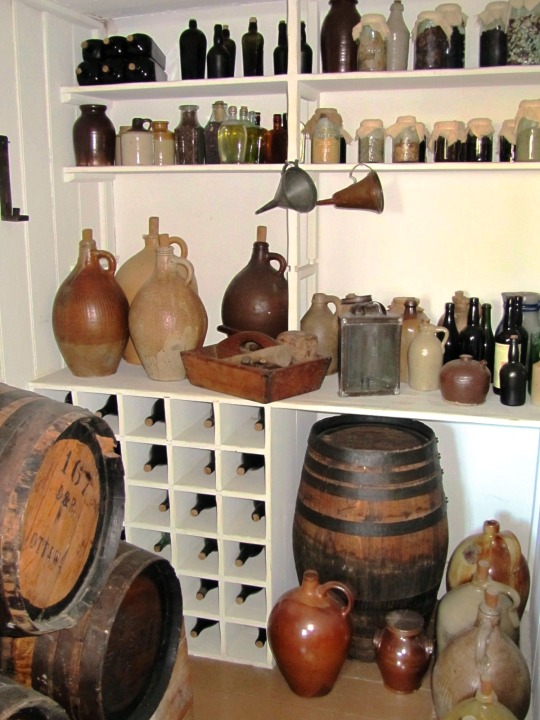

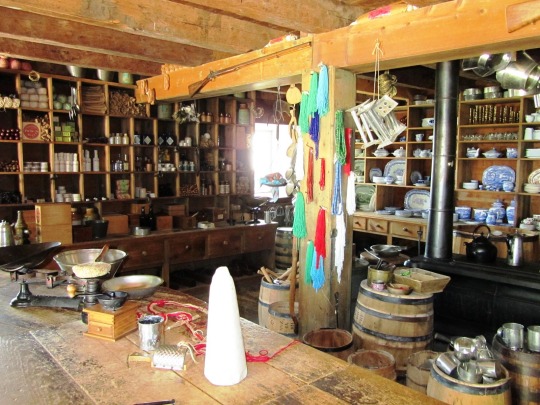

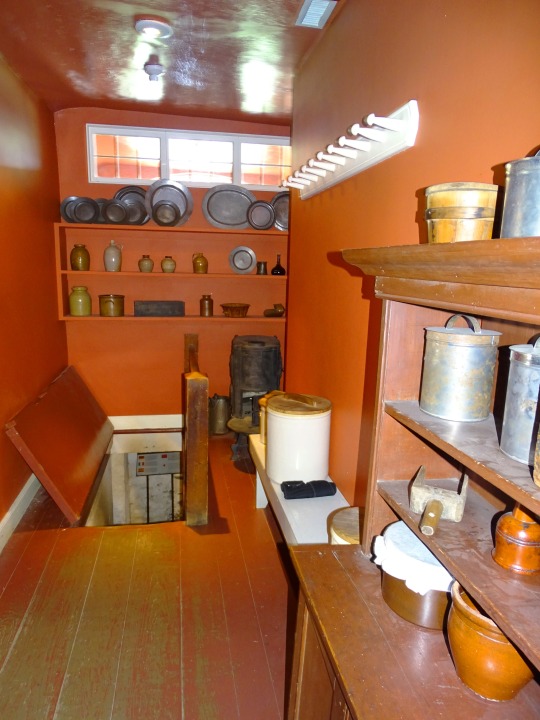




Weights & Measures Day
Learn about the history of weights and measures in the past, as well as how we’ve come to use the various systems of measurement we use today.
When you start thinking about how to weight something, how do you know how to measure it? Do you use the same measurement to measure water? What if you’re measuring flour? Does a pound weigh the same in Germany as it does in Austria?
If you’ve ever wondered about things like this and how it all came to be, you’ll be interested to know about Weights and Measures Day. This holiday celebrates the day that the world agreed on the use of weights and measures using an International Treaty.
History Of Weights And Measures Day
20th May 1875 was one of the most important days in history as relates to international trade and the exchanging of ideas across the globe. On this day the world came together and signed an International Treaty that meant that all the 59 states that signed agreed to use a standard system of weights and measures.
In the same moment, the International Bureau of Weights and Measures was established to help organize future standardizations of the measurements that the world would use.
This was necessary since throughout human history different areas used an extensive variety of measuring systems and standards. This made trade and communication on subjects of trade difficult, and there had to be methods put in place to translate between these different systems.
As industrialization was taking place, especially with the introduction of replaceable parts, standards of measurement were necessary to bring the world together.
Some examples of old measurements involved the original foot, which was said to equal the length of a King’s foot. There were also acres, which was the amount of land a peasant could plow in a day.
Chains were used to measure distance as well; with a chain being both an actual chain, and a length of measure. With all these confusing measurements something had to be done. Weights and Measures Day celebrates the day that something finally was.
How To Celebrate Weights and Measures Day
The best way to celebrate Weights and Measures Day is to take some time to research the history of how we measure things. Through your research, you’ll learn just how confusing things were before everything got standardized.
This will help you appreciate the International Bureau of Weights and Measures and what they’ve done for society. You could also learn how measurements break down throughout the world in both the Imperial and Metric systems.
Source
#Hall Winery#Bodegas Roda#Lower Fort Garry National Historic Site of Canada#Karlevi Dutch Windmill#Sweden#Haro#Spain#Ram's Gate Winery#travel#Charles Krug Winery#Fort York National Historic Site of Canada#Toronto#USA#California#Manitoba#barrel#wine bottle#Weights & Measures Day#20 May#WeightsMeasuresDay#vacation#original photography
0 notes
Photo




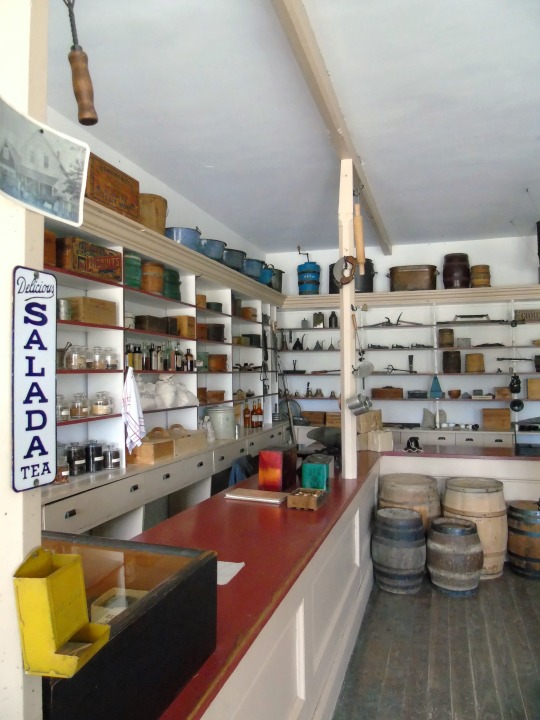


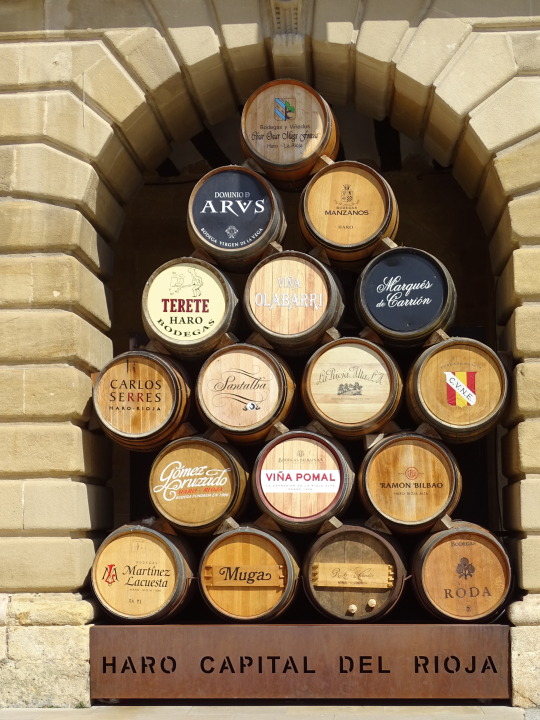

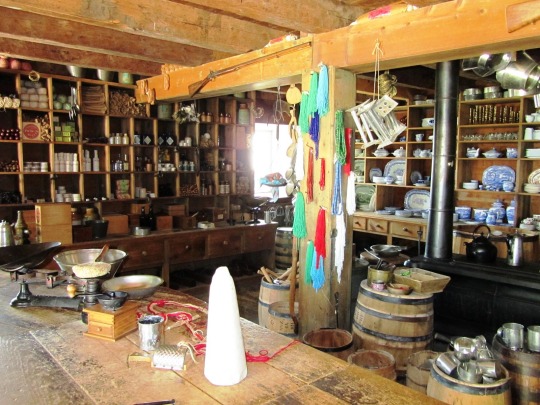
Weights & Measures Day
Learn about the history of weights and measures in the past, as well as how we’ve come to use the various systems of measurement we use today.
When you start thinking about how to weight something, how do you know how to measure it? Do you use the same measurement to measure water? What if you’re measuring flour? Does a pound weigh the same in Germany as it does in Austria?
If you’ve ever wondered about things like this and how it all came to be, you’ll be interested to know about Weights and Measures Day. This holiday celebrates the day that the world agreed on the use of weights and measures using an International Treaty.
History Of Weights And Measures Day
20th May 1875 was one of the most important days in history as relates to international trade and the exchanging of ideas across the globe. On this day the world came together and signed an International Treaty that meant that all the 59 states that signed agreed to use a standard system of weights and measures.
In the same moment, the International Bureau of Weights and Measures was established to help organize future standardizations of the measurements that the world would use.
This was necessary since throughout human history different areas used an extensive variety of measuring systems and standards. This made trade and communication on subjects of trade difficult, and there had to be methods put in place to translate between these different systems.
As industrialization was taking place, especially with the introduction of replaceable parts, standards of measurement were necessary to bring the world together.
Some examples of old measurements involved the original foot, which was said to equal the length of a King’s foot. There were also acres, which was the amount of land a peasant could plow in a day.
Chains were used to measure distance as well; with a chain being both an actual chain, and a length of measure. With all these confusing measurements something had to be done. Weights and Measures Day celebrates the day that something finally was.
How To Celebrate Weights and Measures Day
The best way to celebrate Weights and Measures Day is to take some time to research the history of how we measure things. Through your research, you’ll learn just how confusing things were before everything got standardized.
This will help you appreciate the International Bureau of Weights and Measures and what they’ve done for society. You could also learn how measurements break down throughout the world in both the Imperial and Metric systems.
Source
#Karlevi Dutch Windmill#Sweden#Weights And Measures Day#20 May#USA#WeightsMeasuresDay#Haro#wine barrel#Spain#Canada#travel#vacation#original photography#Bodegas Roda#Elk#Toronto#Ontario#Fort York National Historic Site of Canada#tourist attraction#landmark#Lower Fort Garry National Historic Site of Canada#Sherman Station Complex#Kings Landing Historical Settlement#New Brunswick#indoors
0 notes
Photo


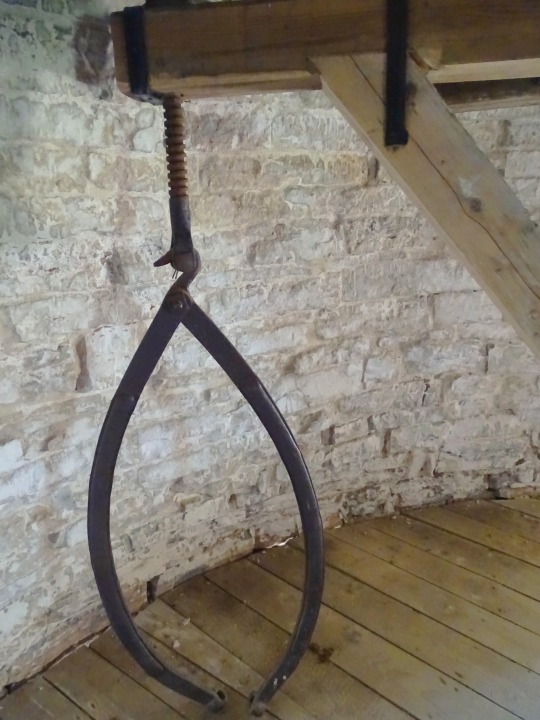





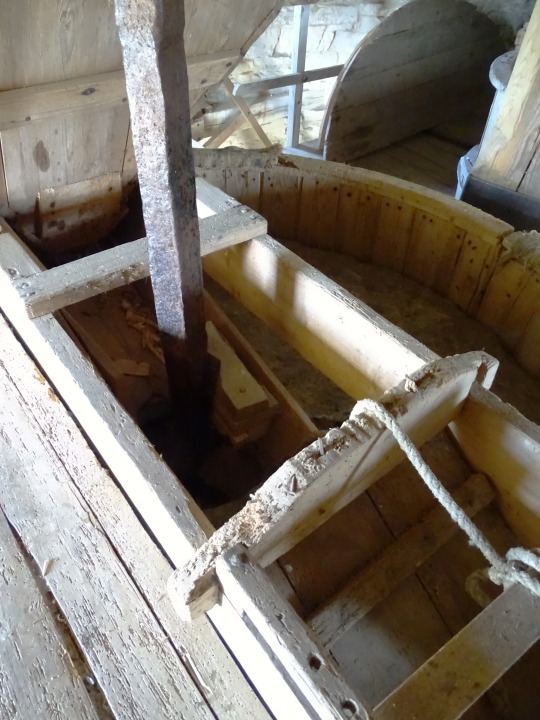
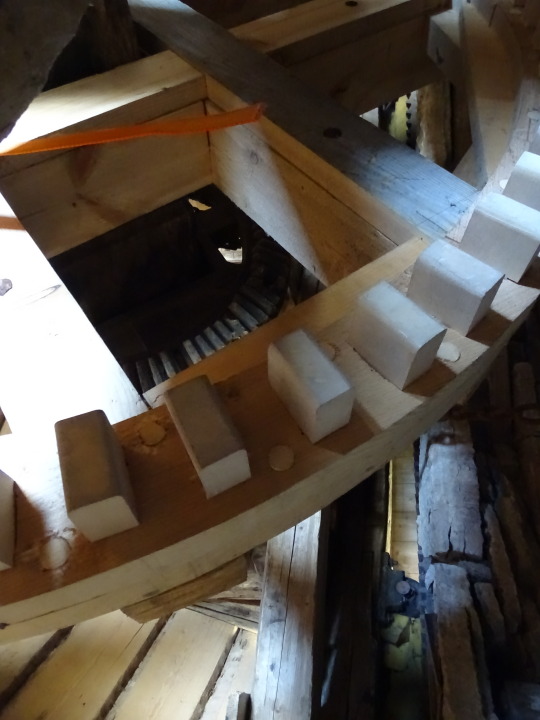
Karlevi Dutch Windmill, Sweden (No. 4)
A windmill is a structure that converts wind power into rotational energy by means of vanes called sails or blades, specifically to mill grain (gristmills), but the term is also extended to windpumps, wind turbines and other applications. The term wind engine is sometimes used to describe such devices.
Windmills were used throughout the high medieval and early modern periods; the horizontal or panemone windmill first appeared in Greater Iran during the 9th century, the vertical windmill in northwestern Europe in the 12th century. Regarded as an icon of Dutch culture, there are approximately 1,000 windmills in the Netherlands today.
Source: Wikipedia
#Karlevi Dutch Windmill#Karlevi#architecture#interior#exterior#landmark#Kalmar County#Öland#Sweden#Sverige#Scandinavia#Northern Europe#summer 2020#free admission#tourist attraction#engineering#window#travel#vacation#Karlevi stenkvarn#industrial history#window sill#lantern
0 notes
Photo


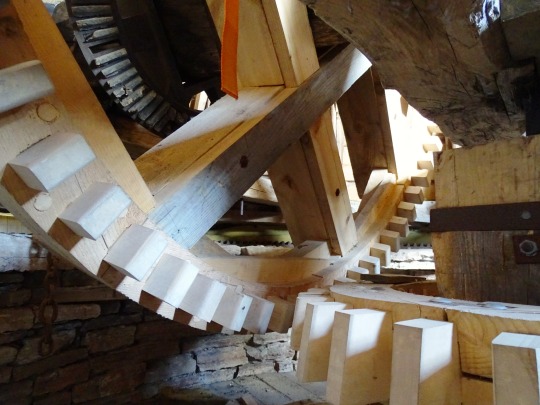
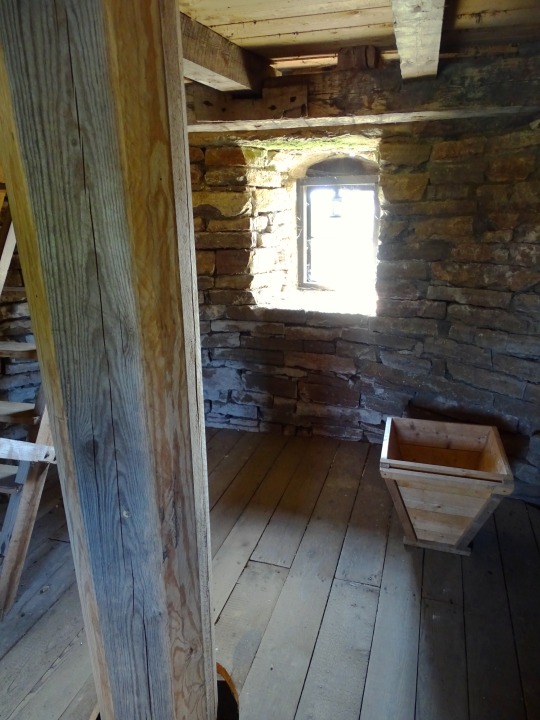
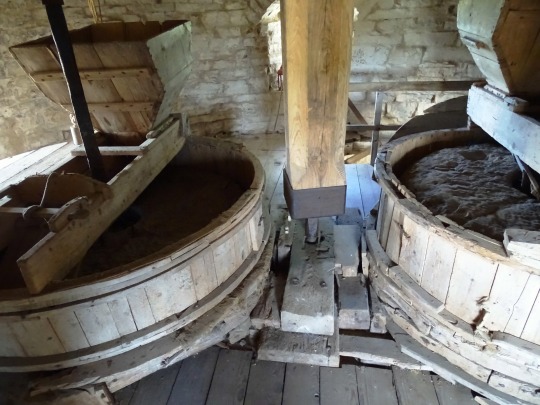
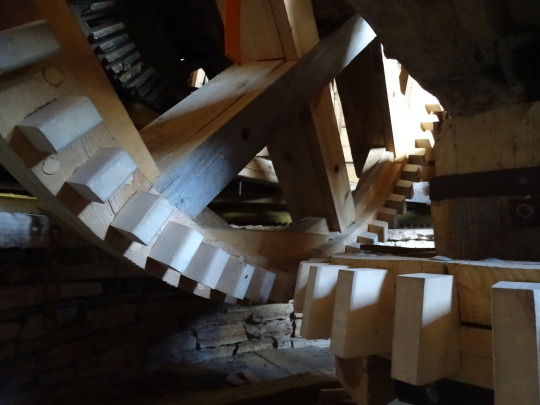




Karlevi Dutch Windmill, Sweden (No. 3)
Karlevi Stenkvarn is a customs mill, which meant that all farmers were welcome to the mill to get their flour malt, for payment. It is also a so-called open mill, which means that the owners (private individuals, the Edwall family) have the mill open to the public when they are at home (summertime) but are also happy to open it up to interested parties at other times, when they can. So take a turn inside the mill and also look upstairs.
One of the great advantages of this mill is also its location, in the middle of the landborg edge with fantastic views out over the west coast of Öland and Kalmarsund! Here you can even sit down for a while, to really take in the landscape!
Source
#Karlevi Dutch Windmill#interior#engineering#free admission#architecture#wood#original photography#summer 2020#Karlevi#Kalmar County#Sverige#Öland#Sweden#tourist attraction#landmark#stone wall#travel#vacation#Scandinavia#Northern Europe#window#grindstone#Karlevi Stenkvarn
1 note
·
View note
Photo


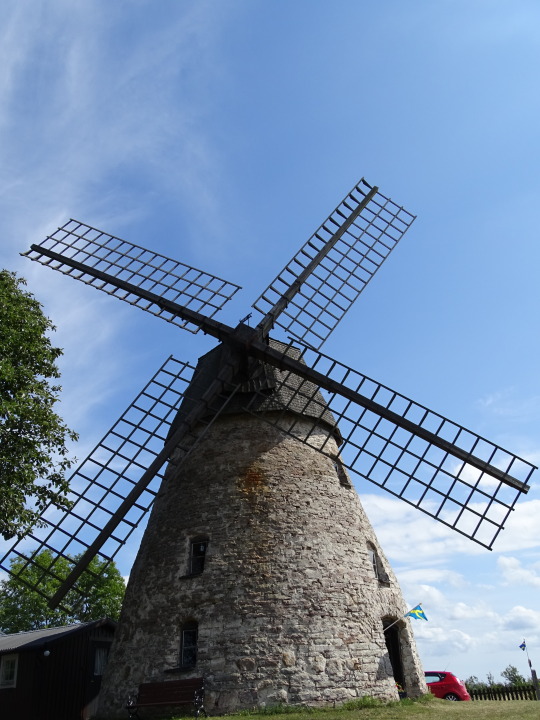

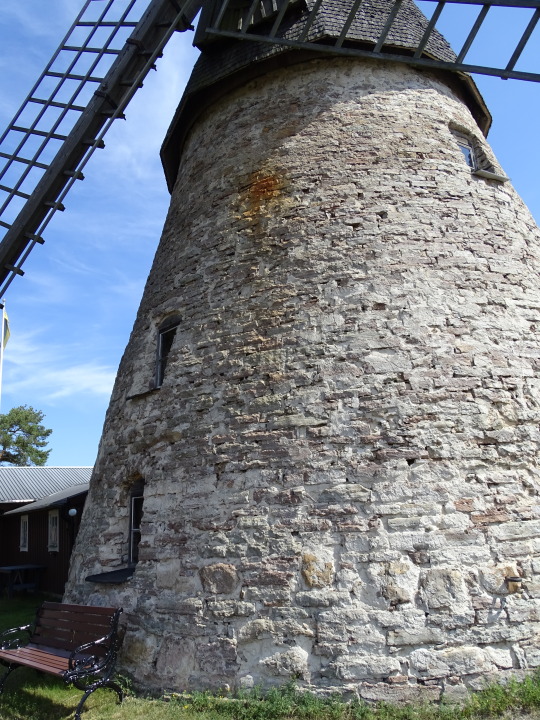
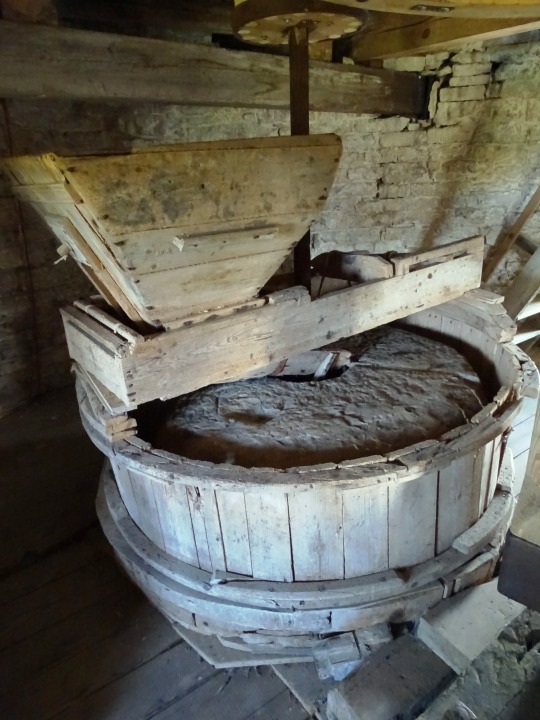

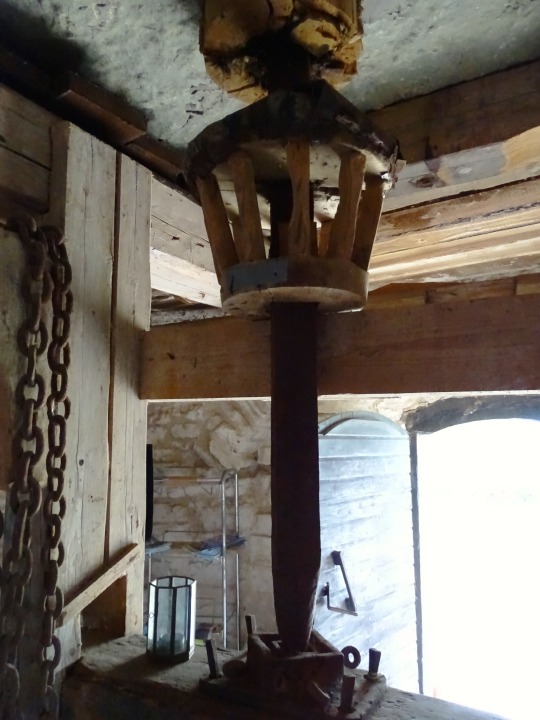
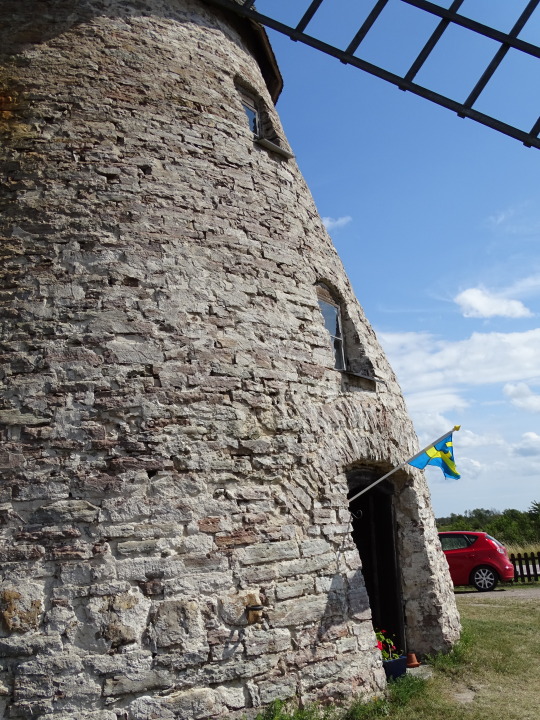

Karlevi Dutch Windmill, Sweden (No. 2)
In Karlevi, just south of Färjestaden on the west side of Öland, stands one of the few Dutch stone mills on the island – Karlevi stone mill.
One thing that Öland is known for is all the beautiful windmills that can be found from north to south. Of about 2,000 mills that once existed on the island, today about 352 mills remain, and only a few are of the type Dutch stone mills. One of them is Karlevi stone mill, standing on the edge of the castle in Karlevi.
There are some scattered thoughts about when the mill was built. The pennant on the roof of the mill dated 1791, but probably the mill was built before until 1860. But the exact year I leave unsaid... However, it was in operation until the mid-1900s, and much has been experienced by the mill! Once upon a time, it had pink plaster, before it was replastered white in 2005. The wings became mechanical during their last 20 years in operation and they have also been replaced.
Source
#Karlevi Dutch Windmill#Kalmar County#Öland#Sweden#island#travel#architecture#free admission#tourist attraction#landmark#vacation#interior#exterior#detail#original photography#summer 2020#Scandinavia#Sverige#Northern Europe#Karlevi#engineering#industrial history#Swedish history#close up#the owners are such lovely people#nice owners
0 notes
Photo





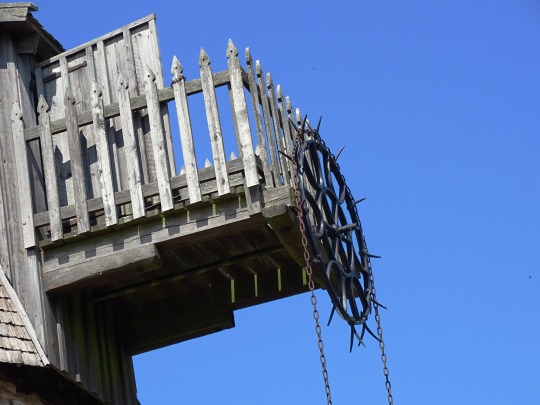
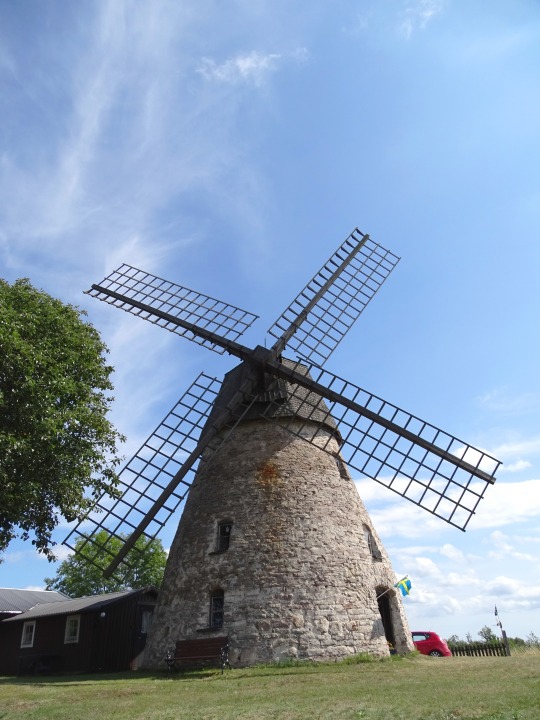



Karlevi Dutch Windmill, Sweden (No. 1)
On the roof of the mill is a weather vane with the year 1791. Would the mill be that old? The walls of rough-hewn Öland stone about 1 meter thick. Yes, but hardly the wood.
The Dutch windmill found in Karlevi was built in the 1860s by a farmer there. It was provided with two pairs of stones and sieves, and the flour produced there was of good quality. There have been many owners of this mill. One who owned it for quite some time was Anton Engström. The person who owned it last (1956) and conducted mill operations there was Axel Andersson. He had the engine inserted into it, the wings had served out. This once stately mill has now lost its wings, for long periods of time caressed by Öland's summer winds, as well as the more harsh and icy winter's.
In the mid-1990s, the mill turned pink. A rather rough plaster that was very beautiful. In the autumn of 2005, the pink plaster was removed and several thin layers of lime plaster were added.
Source
#Karlevi Dutch Windmill#Karlevi stenkvarn#Kalmar County#architecture#travel#vacation#tourist attraction#landmark#free admission#Öland#the owners are such lovely people#exterior#wings#original photography#Sweden#summer 2020#countryside#engineering#Scandinavia#Sverige#Northern Europe#detail
1 note
·
View note
Photo
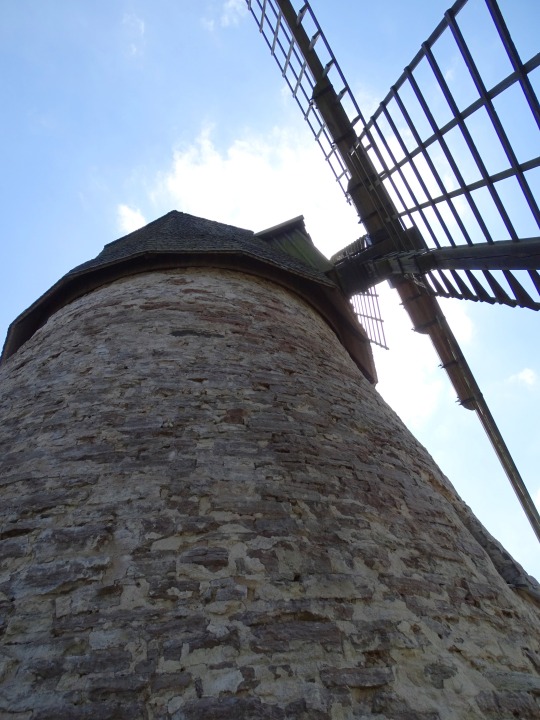

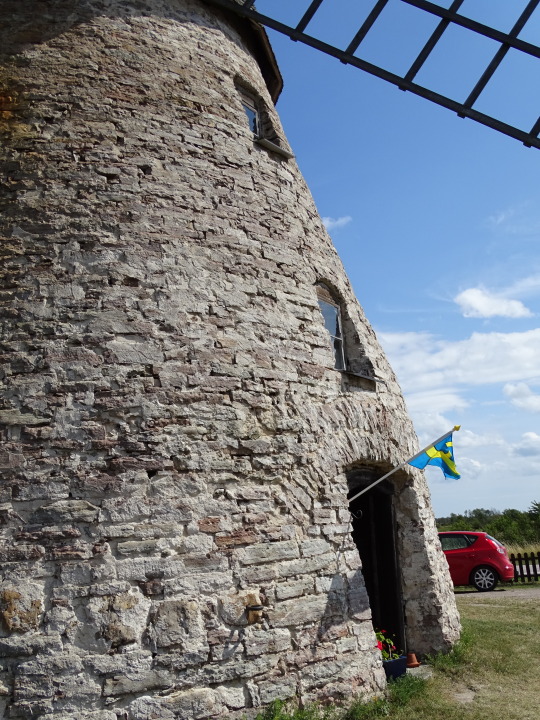
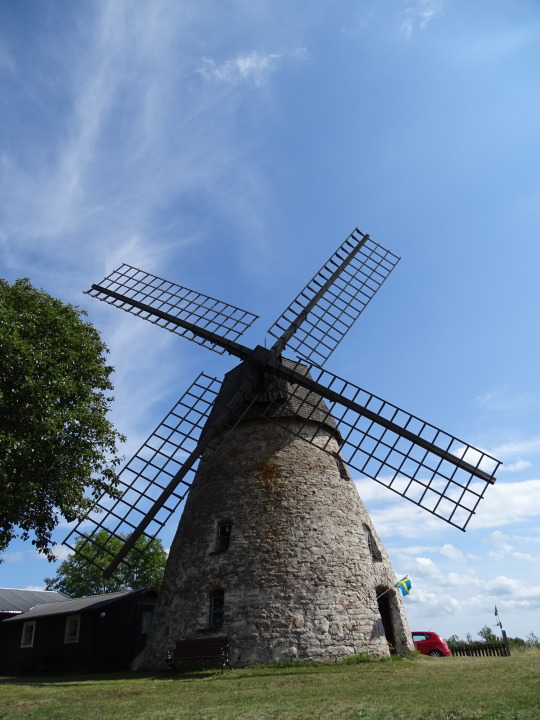



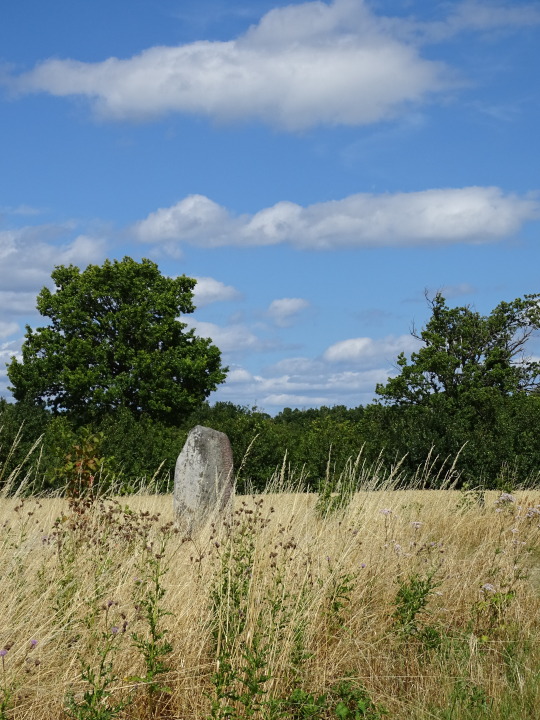
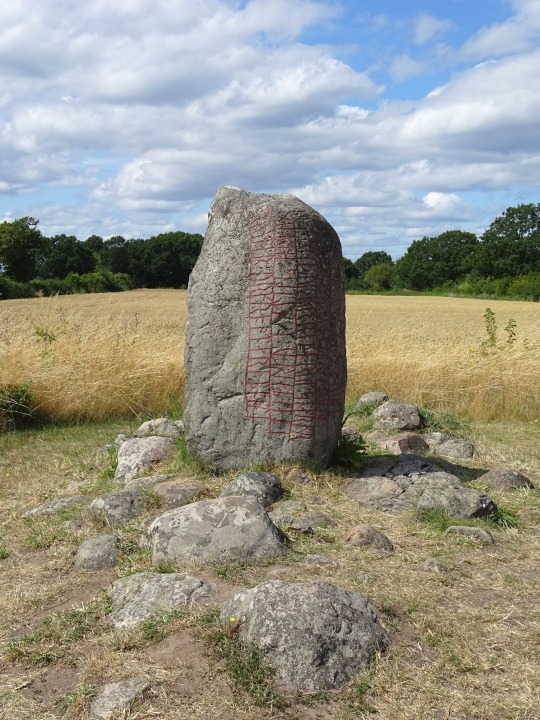
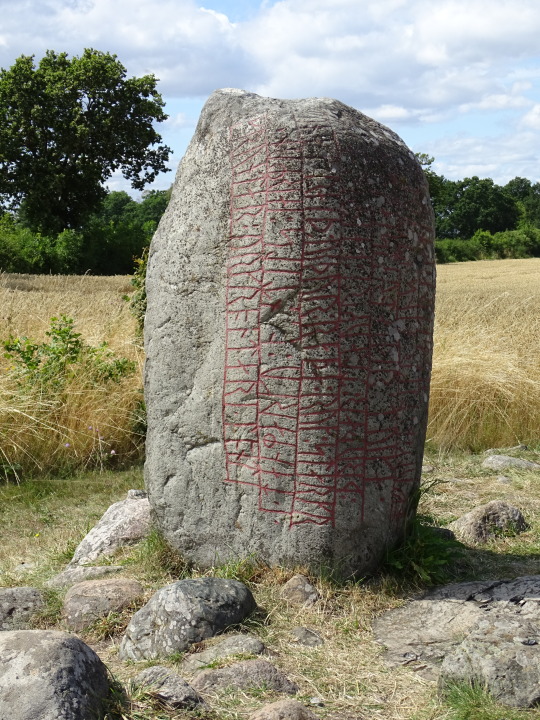
Clouds (No. 346)
Karlevi Dutch Windmill, Sweden (four pics)
Karlevi Runestone, Sweden (six pics)
#Karlevi Dutch Windmill#Kalmar County#Vickleby District#Öland#travel#Öl 1#stanza of skaldic verse#runestone style RAK#Swedish history#island#Kalmar#field#landscape#countryside#architecture#engineering#landmark#tourist attraction#rock#isalnd#Sweden#summer 2020#Sverige#Scandinavia#Northern Europe
15 notes
·
View notes
Photo
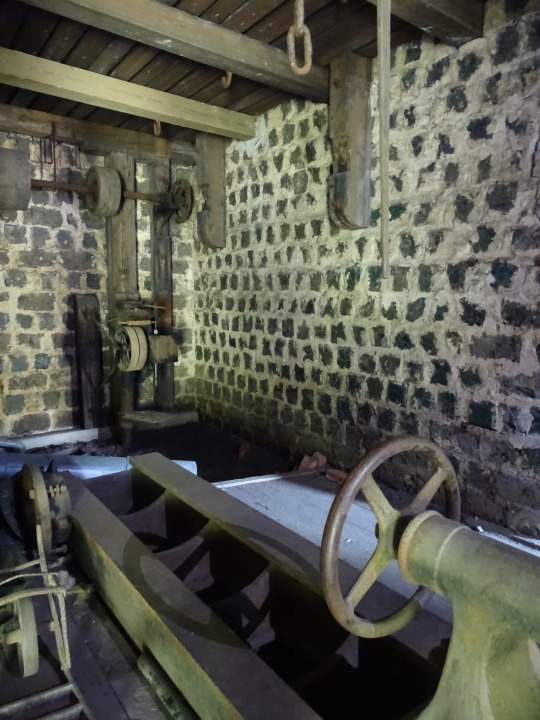
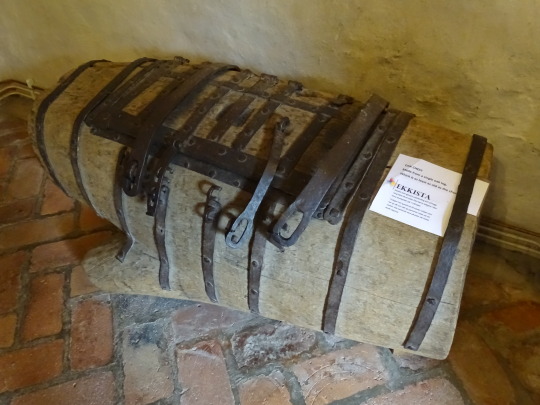


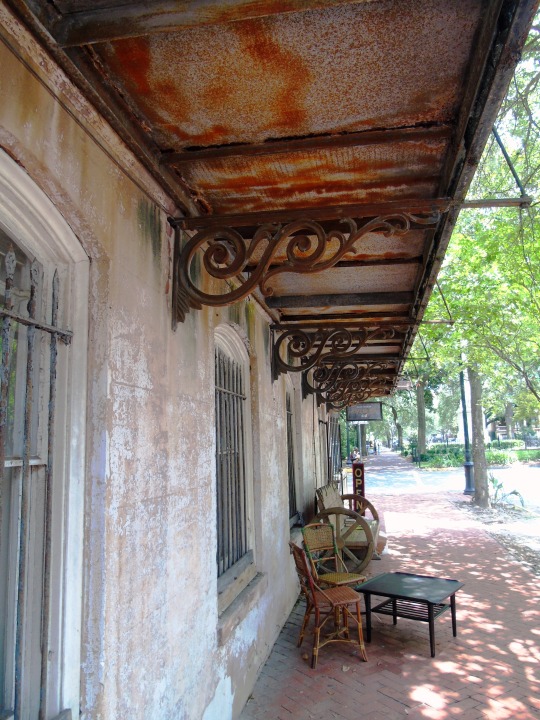
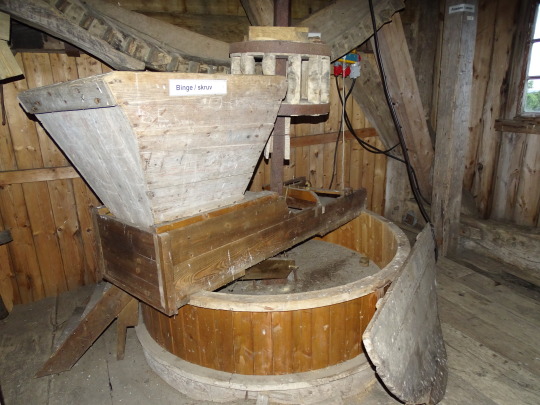
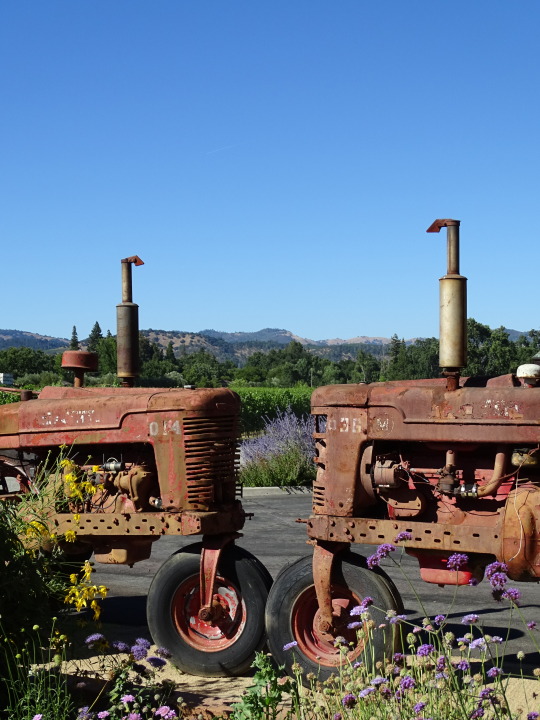
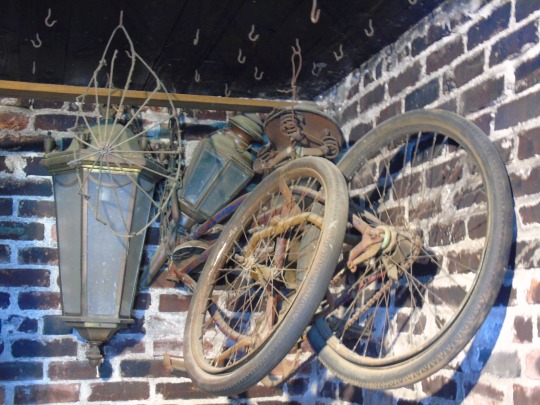
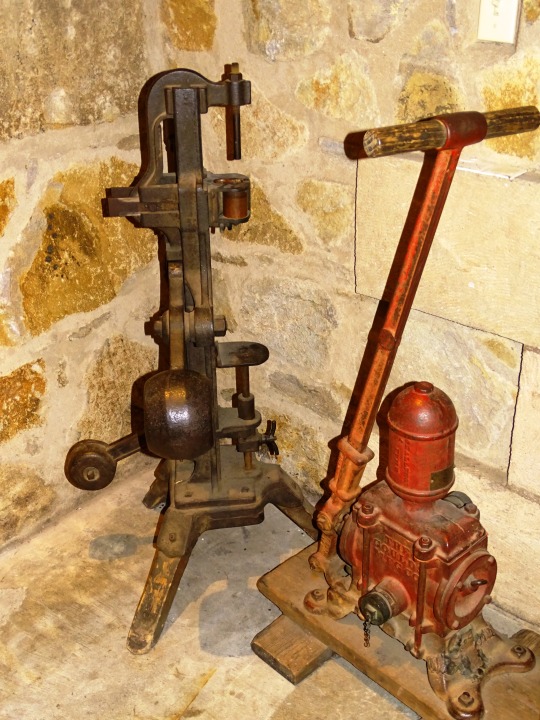
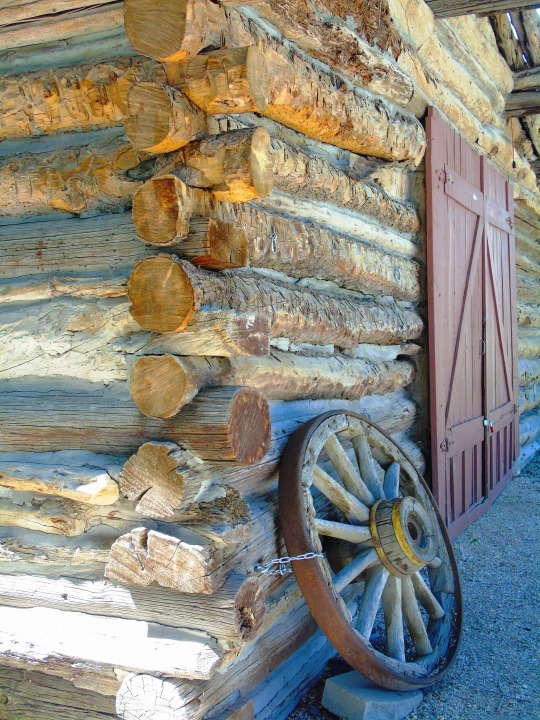
National Cherish An Antique Day
National Cherish An Antique Day is observed on April 9 of every year. National Cherish An Antique Day is a day to learn about the stories and histories of the antiques that have been treasured by your family. Get to know about the things that have been passed down from generation to generation and are preserved by your family. For example, like a wedding ring, a lucky watch, furniture, lockets, postcards, a vintage telephone, etc. Antiques often have a story behind it which will connect personally and emotionally with the family members. Antiques are mostly handmade which increases its value and uniqueness. It is a hobby for few people to collect, buy, and sell the antiques. Antiques often make us astonished by its purity, artistry, creativity, beauty and lot more. On this day, cherish an antique that you have treasured and shared that with your friends and family.
“Our admiration of the antique is not admiration of the old, but of the natural.” – Ralph Waldo Emerson
History of National Cherish An Antique Day
The origination of National Cherish An Antique Day remains unknown. It must be created by someone who had either worked in an antique business or by one who admires the craft of antiques, with an aim to spread the importance of antiques and to assign a special day to celebrate them. This day acknowledges people all around the world who buy, sell, repair, appraise, and collect antique items. This day is celebrated at antique shops, museums and at any shop that exclusively holds antiques.
How to celebrate National Cherish An Antique Day
National Cherish An Antique Day can be observed by knowing about the story behind the antiques that your family must have possessed for generations. On this day you can buy an antique to pass on for generations and a piece to remind you. One can visit museums, art gallery and local antique shops and can learn about the history of antiques there. It is a day to learn and appreciate the significance of collecting and preserving artifacts. Never let the antique to rust, hence use them whenever you need. If you have an antique, then take it out, polish, repair and put them on display. Spend some time on having a close look at the craftsmanship and the differences the same product has in this modern times.
Source
#Galtströms Bruk & Herrgård AB#Sweden#National Cherish An Antique Day#NationalCherishAnAntiqueDay#9 April#original photography#summer vacation#architecture#Church of Old Uppsala#Karlevi Dutch Windmill#summer 2020#Noble Hardee Mansion#Savannah#USA#Graceland#Memphis#2016#Elko#Sherman Station Complex#Gettysburg National Military Park#St. Helena#Turnbull Wine Cellars#tractor#tourist attraction#landmark
4 notes
·
View notes
Photo
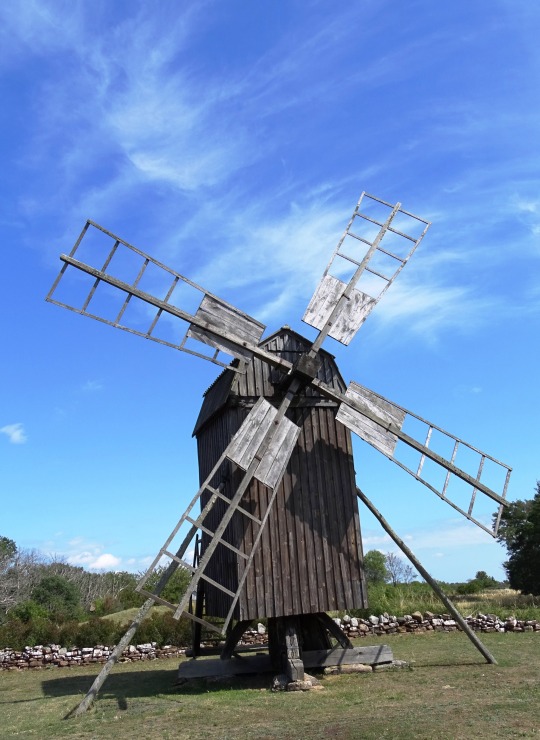







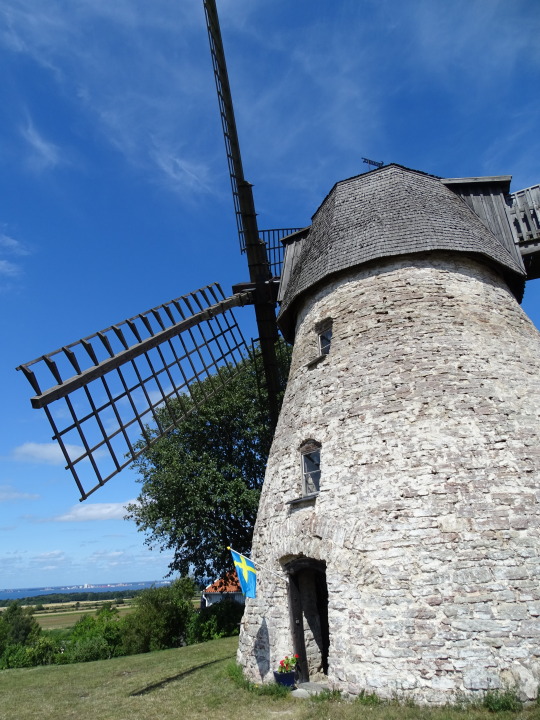

Clouds (No. 345)
Resmobacken, Sweden (four pics)
Karlevi, Sweden
Karlevi Dutch Windmill, Sweden (five pics)
#Karlevi#Öland#Kalmar County#Vickleby District#Kalmar Strait#Sweden#Baltic Sea#travel#blue sky#clouds#landscape#countryside#landmark#architecture#view#fields#Resmobacken#windmill#Karlevi Dutch Windmill#sail#tourist attraction#island#Sverige#Northern Europe#Scandinavia#vacation#summer 2020#engineering
3 notes
·
View notes
Photo

Grid
What do you think about my pic?
#Karlevi Dutch Windmill#blade#sail#Öland#Kalmar County#architecture#engineering#blue sky#clouds#original photography#tourist attraction#free admission#landmark#summer 2020#Sweden#Sverige#Scandinavia#Northern Europe#photo of the day#What do you think about my pic?
1 note
·
View note
Photo
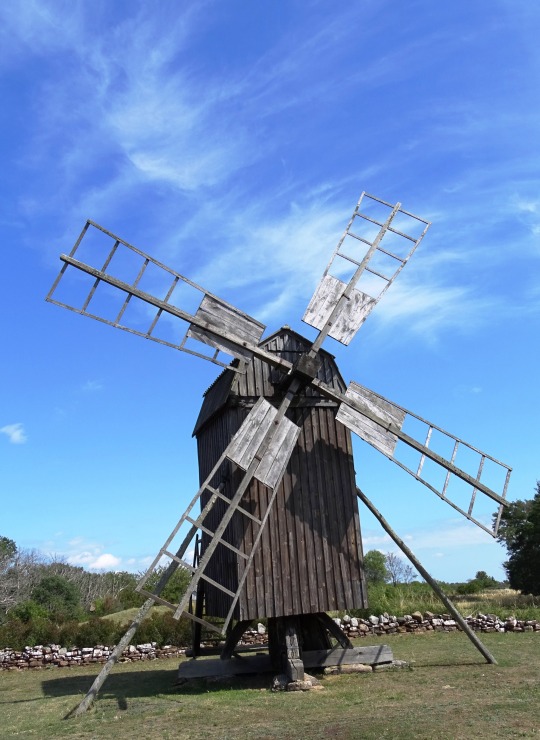
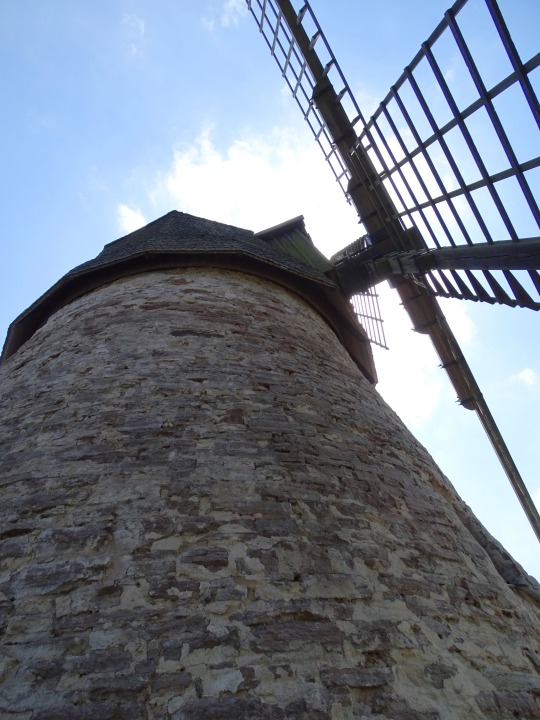
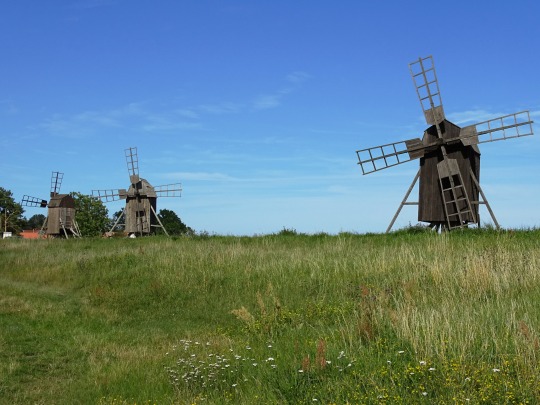
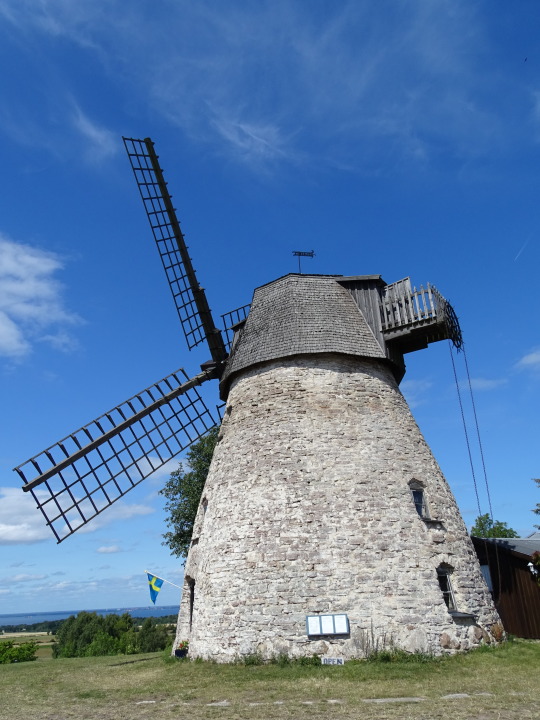
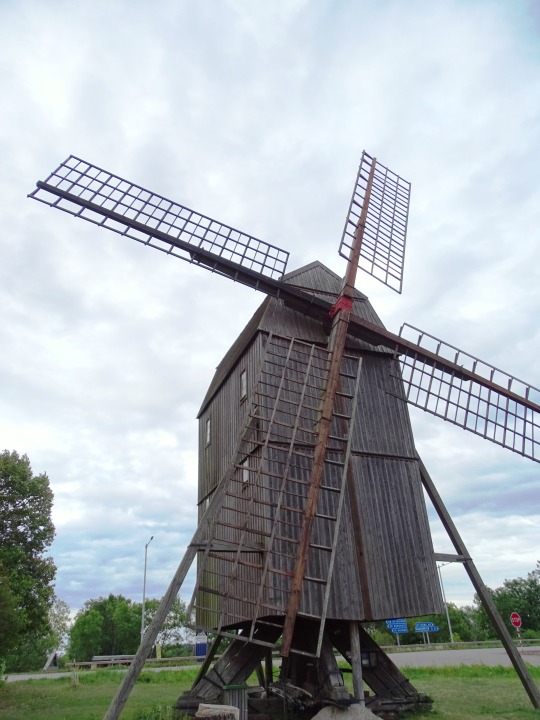
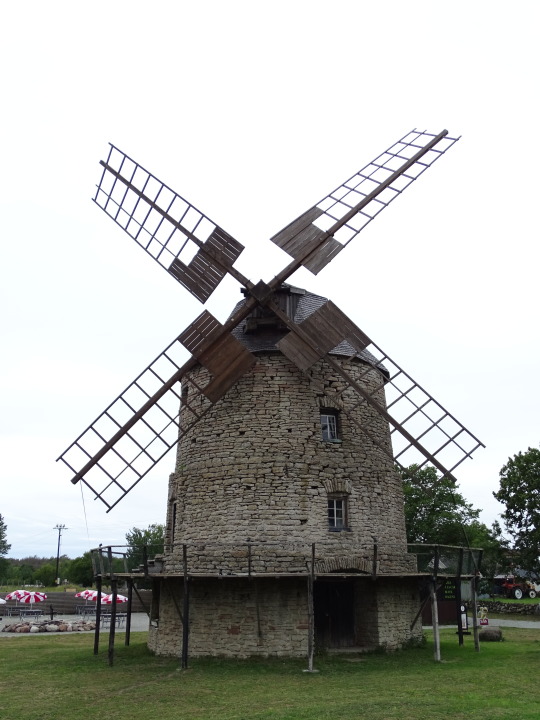


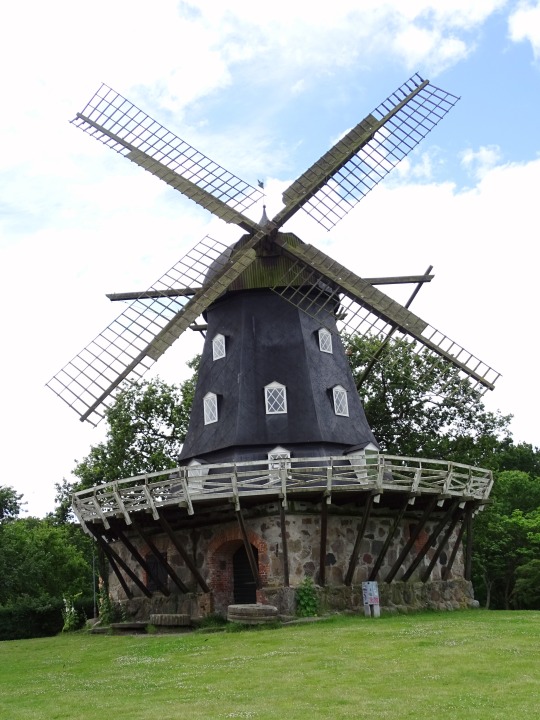

Windmill Day
We’ve always loved them, there’s something absolutely bucolic about their squat structures, and the gentle creak of their fins as the spin in the natural wind currents. Windmills have been around for a very long time when people first realized it was possible to harness the power of the wind to perform work. Ever since new innovations have been made in the ability to utilize the never-ending source of power that windmills capture. Windmill Day commemorates the origins of the Windmill, and how it’s helped to shape technology and industry in the past and into the future.
History of Windmill Day
The idea of capturing the power of wind to perform work isn’t new, and in fact, it goes back far further into history than you might suspect and has sprung up in multiple cultures throughout the world. Heron of Alexandria was the earliest person known to have harnessed the energy of moving air to perform work, using a very primitive device to power an organ. Persia developed more traditional windmills, though they had a different orientation than the ones we typically think of when hearing the word ‘windmill’.
Some historians think that the Persian models were the inspiration for the vertical models that were developed in the middle ages. The first evidence of a windmill can be found in Weedley, Yorkshire, England and is said to have been built in 1185. As is commonly depicted in media, they were used primarily to grind grain, and have been for many centuries thereafter.
Recently though, there’s been a growing movement to use Windmills in another fashion entirely! The power of the wind can be harnessed to turn giant wind turbines which in turn generate clean, unlimited, renewable energy! Windmills have been around for a long long time, and while they may seem like primitive tech, they’ve moved into the world as hope for a clean future. Along with solar, bio-fuel, and fuel cells, windmills are working to save the environment!
How to Celebrate Windmill Day
Well, you’ve already started by reading up on it! The best thing you can do to celebrate the day is to educate yourself on the history of Windmills and then begin learning how they’re helping us today. If you live in an area that has them, you can even go out and watch them turn, turn, turn… (Are we the only one hearing that song now?) as you contemplate just how important these are to a bright, pollution-free future for our children.
Source
#Resmobacken#WindmillDay#Windmill Day#second Saturday in May#Öland#8 May 2021#architecture#summer 2020#engineering#tourist attraction#travel#vacation#landmark#Karlevi Dutch Windmill#Lerkaka#Sweden#Kalmar County#Högby#Kvarnkungen#Färjestaden#Kvarn Drottningen#Saint-Grégoire-le-Grand#Canada#2015#Québec#Slottsmöllan#Malmö#Castle Mill#Sverige#Scandinavia
0 notes
Photo

Fighting Windmills
What do you think about my pic?
#Karlevi stenkvarn#Dutch windmill#Öland#Färjestaden#Kalmar County#Mörbylånga Municipality#architecture#original photography#summer 2020#travel#vacation#island#photo of the day#tourist attraction#landmark#nice owners#village#blue sky#looking up#Sweden#Sverige#Scandinavia#Northern Europe#What do you think about my pic?#free admission
1 note
·
View note
Photo

Towering
What do you think about my pic?
#Karlevi stenkvarn#Färjestaden#architecture#landmark#tourist attraction#Dutch windmill#blade#sail#stone wall#photo of the day#Öland#travel#original photography#summer 2020#vacation#Sweden#Sverige#Scandinavia#Northern Europe#What do you think about my pic?
2 notes
·
View notes
Photo
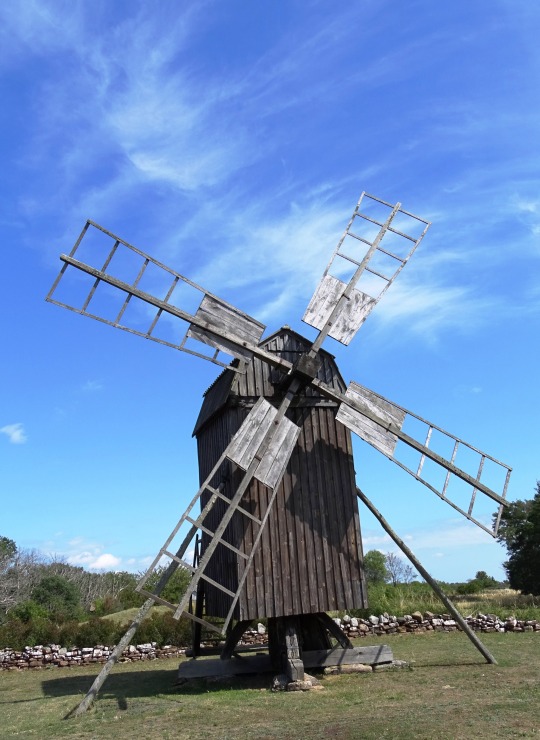




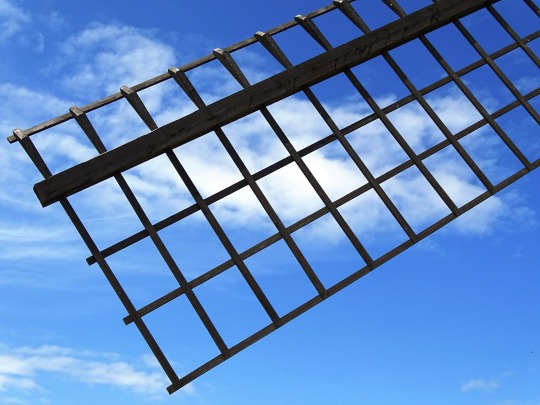
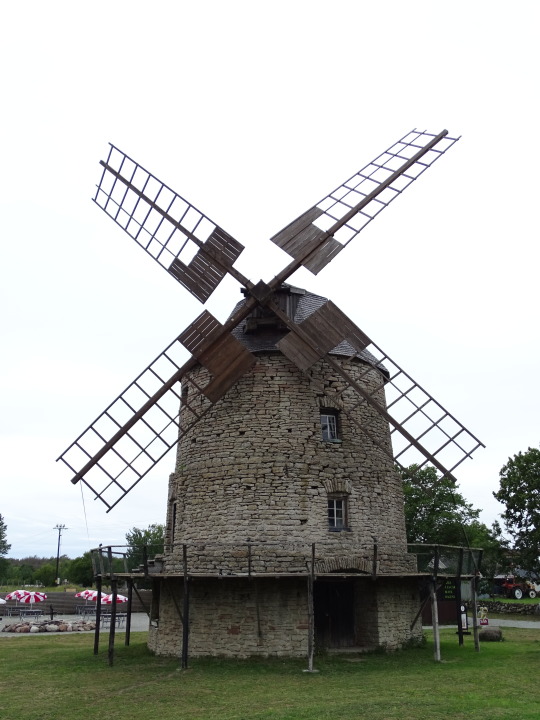



World Wind Day
World Wind Day is celebrated every year on 15th June to make people aware about wind energy, its uses, power and its potential to change the world. so that we know its need for wind.
World Wind Day is organized by WindEurope (windeurope.org) and the Global Wind Energy Council (GWEC). Various events are organized in many countries on this day. Worldwide, in more than 75 countries, wind farms are in operation and energy is generated from a clean and renewable source. People used to visit wind farms, meet experts, attend events and take action to support wind power on this day.
Wind is a very good natural means of obtaining energy. On this day, all those systems are also highlighted due to which energy from wind is harnessed.
World Wind Day 2021: History
The European Wind Energy Association EWEA and the Global Wind Energy Council GWEC coordinate with various networks of partners to celebrate this day. Global Wind Day began in Europe in 2007 and globally in 2009.
Source
#Resmobacken#World Wind Day#GlobalWindDay#Öland#travel#Sweden#engineering#Castle Mill#windmill#Malmö#Karlevi Dutch Windmill#Lerkaka#Högby#architecture#tourist attraction#Sverige#landmark#Scandinavia#Northern Europe#summer 2020#detail#blade#sail#vacation#international day#evening light
0 notes